Pediatric Meniscus Tear?
DON’T LET SOMEONE
REMOVE YOUR CHILD’S MENISCUS
NOR POORLY REPAIR IT
Save your child’s meniscus and prevent future arthritis with the inventor of the most advanced Meniscal Repair system
Pediatric Meniscus Tears and Treatment Options

Causes: Pediatric meniscus tears can occur due to various reasons, including:
- Sports injuries, such as twisting or hyperextension of the knee.
- Trauma or accidents that put excessive force on the knee joint.
- Congenital or developmental conditions that make the meniscus more prone to injury.
Symptoms: Common symptoms of a meniscus tear in children and adolescents include:
- Knee pain, especially when bending or twisting the knee.
- Swelling of the knee joint.
- Difficulty in fully extending or flexing the knee.
- A feeling of locking, popping, or clicking in the knee.
Treatments: Depending on the tear’s location and severity, treatment options for pediatric meniscal injuries range from conservative management (rest, ice, physical therapy) to surgical intervention.
Repair(sew tear together)
REPAIR
(sew tear together)
PROS
- Heals the meniscus by sewing the torn edges together
- Resolves pain generated from the meniscus tear
- Maintains the health of the knee by restoring its natural functionality
- Scientifically proven to work
CONS
- Requires minimally invasive arthroscopic surgery
- Requires 6 weeks of healing followed by a few months of physical therapy
- Cutting sports must be avoided for 5-9 months
References
Even before the advent of modern Circumferential Stitch repair techniques, the medical literature supported good results with meniscus repair
Reference 1, Reference 2, Reference 3, Reference 4, Reference 5, Reference 6, Reference 7, Reference 8,Reference 9, Reference 10, Reference 11, Reference 12
Circumferential Stitches provide enhanced biomechanical repair
Reference 1, Reference 2, Reference 3, Reference 4, Reference 5, Reference 6
Remove(“trim” or “clean up”)
REMOVE
(“trim” or “clean up”)
PROS
- Relatively quicker recovery after surgery
CONS
- Significantly reduced effectiveness of your meniscus
- Has not been shown to improve symptoms better than non-operative care when measured at 6 months and 2 years post-operatively
- Contact pressures and areas of the surrounding cartilage become increasingly compromised
- Increased risk for knee arthritis
- Increased likelihood of needing knee replacement surgery in the future
References
The knee is at increased risk for arthritis and the eventual need for total knee replacement
Reference 1, Reference 2, Reference 3, Reference 4, Reference 5, Reference 6, Reference 7, Reference 8, Reference 9
Has not been shown to improve symptoms better than non-operative care when measured at 6 months and 2 years post-operatively
Do nothing
DO NOTHING
PROS
- There is no treatment and no economic related cost
CONS
- Pain and dysfunction are very likely to persist
- Compromised contact pressures and areas of the surrounding cartilage
- Increased risk for knee arthritis
- Increased risk of needing eventual knee replacement surgery
References
Reference 1, Reference 2, Reference 3, Reference 4, Reference 5, Reference 6
Physical Therapy
PHYSICAL THERAPY
PROS
- Non-invasive
CONS
- Will not heal the tear but might help propagate the tear into a less painful state
- Compromised contact pressures and areas of the surrounding cartilage
- Increased risk for knee arthritis
Increased risk of needing eventual knee replacement surgery
Injections
INJECTIONS
PROS
- Your knee can feel better for 3-6 months at a time
CONS
- All types of injections give temporary relief via similar anti-inflammatory mechanisms
- Have not been shown to heal meniscus tears but might help propagate the tear into a less painful state
- Compromised contact pressures and areas of the surrounding cartilage
- Increased risk for knee arthritis
- Increased risk of needing eventual knee replacement surgery
(sew tear together)

(“trim” or “clean up”)

(sew tear together)

(sew tear together)

(sew tear together)

REPAIR
(sew tear together)
PROS
- Heals the meniscus by sewing the torn edges together
- Resolves pain generated from the meniscus tear
- Maintains the health of the knee by restoring its natural functionality
- Scientifically proven to work
CONS
- Requires minimally invasive arthroscopic surgery
- Requires 6 weeks of healing followed by a few months of physical therapy
- Cutting sports must be avoided for 5-9 months
References
Even before the advent of modern Circumferential Stitch repair techniques, the medical literature supported good results with meniscus repairREMOVE
(“trim” or “clean up”)
PROS
- Relatively quicker recovery after surgery
CONS
- Significantly reduced effectiveness of your meniscus
- Has not been shown to improve symptoms better than non-operative care when measured at 6 months and 2 years post-operatively
- Contact pressures and areas of the surrounding cartilage become increasingly compromised
- Increased risk for knee arthritis
- Increased likelihood of needing knee replacement surgery in the future
References
The knee is at increased risk for arthritis and the eventual need for total knee replacementDO NOTHING
PROS
- There is no treatment and no economic related cost
CONS
- Pain and dysfunction are very likely to persist
- Compromised contact pressures and areas of the surrounding cartilage
- Increased risk for knee arthritis
- Increased risk of needing eventual knee replacement surgery
References
PHYSICAL THERAPY
PROS
-
- Non-invasive
CONS
- Will not heal the tear but might help propagate the tear into a less painful state
- Compromised contact pressures and areas of the surrounding cartilage
- Increased risk for knee arthritis
- Increased risk of needing eventual knee replacement surgery
INJECTIONS
PROS
-
- Your knee can feel better for 3-6 months at a time
CONS
- All types of injections give temporary relief via similar anti-inflammatory mechanisms
- Have not been shown to heal meniscus tears but might help propagate the tear into a less painful state
- Compromised contact pressures and areas of the surrounding cartilage
- Increased risk of needing eventual knee replacement surgery
- Increased risk for knee arthritis
- Increased risk of needing eventual knee replacement surgery
Why meniscus tears in kids
should be repaired
Address symptoms while they are young,
and prevent a lifetime of problems down the line.

Menisci are integral to your child's active lifestyle.
The meniscus consists of two distinct cartilaginous structures in each knee joint: the medial meniscus (on the inner side of the knee) and the lateral meniscus (on the outer side of the knee).
Made of fibrocartilage and wedged between the tibia and the femur (thighbone) both menisci play a crucial role in absorbing shock, distributing weight, providing lubrication, and enhancing stability in the knee joint.

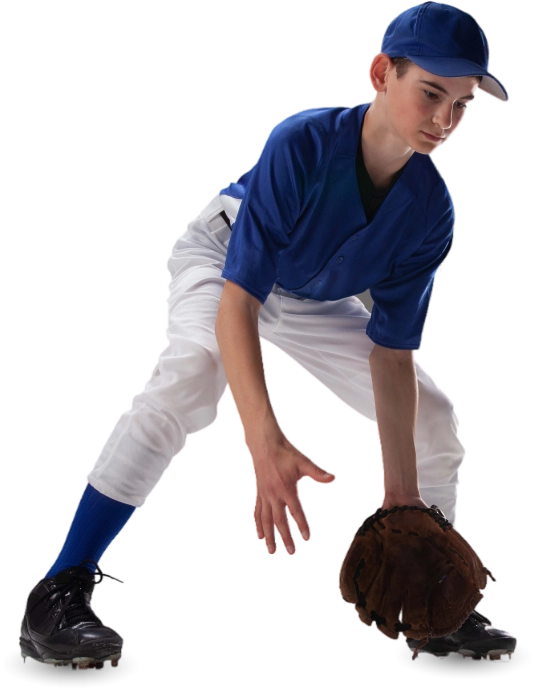

Menisci change as you age.
In pediatric anatomy, the menisci are typically more crescent-shaped or semilunar, with less pronounced curves compared to those in adults.
As children grow, the meniscus undergoes transformative changes such as evolving from a semilunar to a C-shaped structure, increasing thickness, and undergoing alterations in the vascular supply. These developmental changes are typically complete by late adolescence, and are vital for knee joint health and stability in adulthood.

Pediatric meniscus tears heal when repaired (sewn)
In pediatric anatomy, the outer portion of the meniscus (red zone) typically has a better blood supply than the inner portion (white zone).
However, studies have shown that there are more stem cells in the inner white zone than the outer red zone, and that all zones have the capacity to heal. Hence, all meniscus tears in children should be surgically sewn back together (repaired).
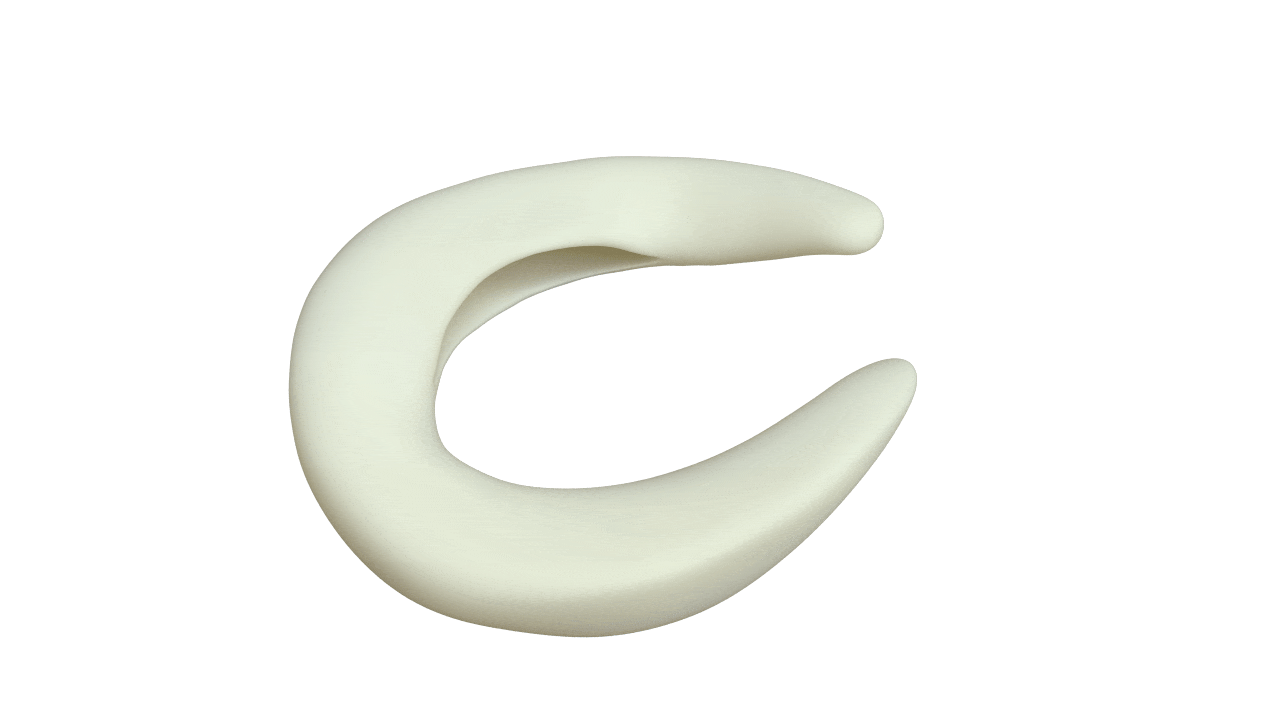
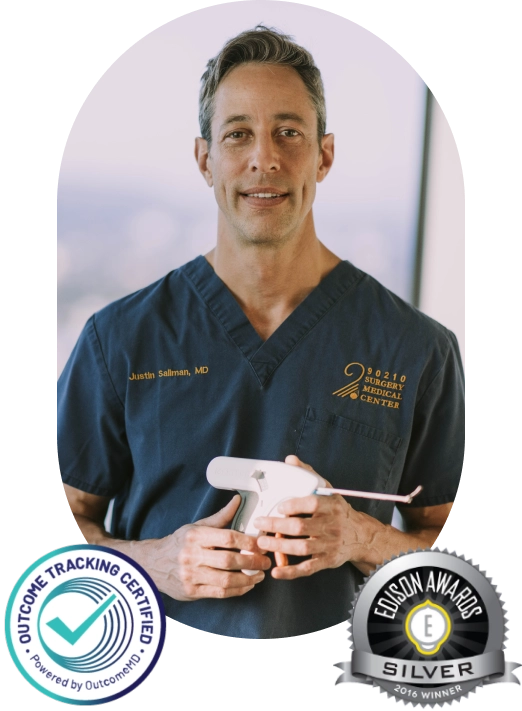
Meet the awarded surgeon and inventor of the most advanced Meniscal Repair Treatment
Dr. Justin Saliman, a seasoned knee orthopedic surgeon and entrepreneur, invented the Edison Award winning “Novo Stitch Pro Meniscal Repair System.”
This unique treatment allows him to arthroscopically sew back all meniscus tear types (including those previously considered difficult or impossible to sew) using a “Circumferential Stitching Technique.”
Minimally-invasive, Dr. Saliman’s system has proven superior to traditional meniscus repair treatments as patients heal pain and dysfunction while preventing arthritis and knee surgical replacement in the long-term.
No one has more experience repairing meniscus tears of all type!
The NovoStitch, an FDA approved medical device invented by Dr. Saliman, allows surgeons to arthroscopically place Circumferential Stitches around meniscus tears to provide uniform, anatomic compression of the tear edges.
This technique is the least invasive and the
most effective treatment for all tear types.
Why Circumferential Stitching Repair is the best treatment for meniscus tears
It takes 6 weeks for musculoskeletal tissues to heal. During this time, the meniscus
tear edges must be firmly held together as there are too many knee forces acting on the tear and constantly pulling it apart. Tears do not heal on their own nor with any type of injection or therapy. They must be securely sewn.
Circumferential Technique
is biomechanically stronger
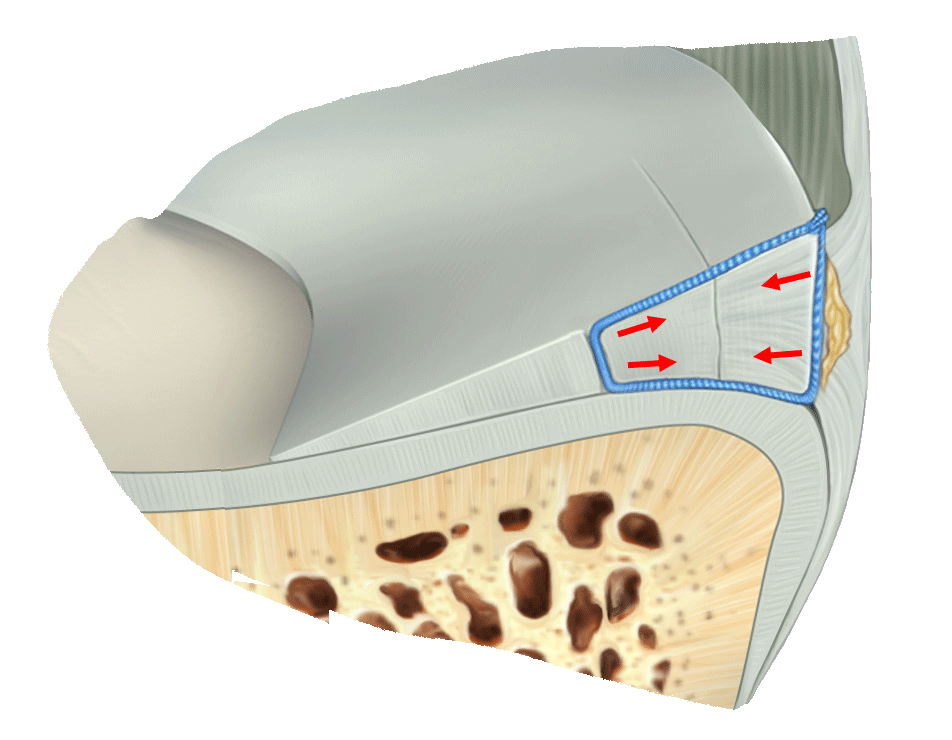
Dr. Saliman’s NovoStitch medical device allows surgeons to place circumferential sutures around meniscus tears – providing uniform, anatomic compression of the tear edges.
Old Techniques
are riskier and incomplete
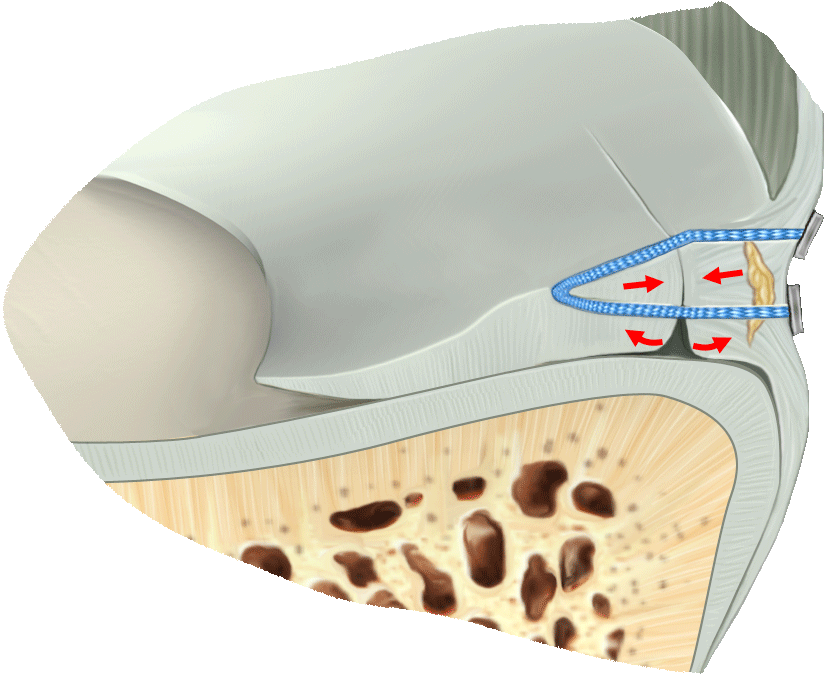
Traditional techniques only effectively sew together the top part of the tear, leading to partial healing and increased risk of meniscus re-tears.
The Medical Literature Supports Repair, Not Removal
Even before modern Circumferential Stitch repair techniques, the medical literature supported good results with meniscus repair
Circumferential Stitches provide enhanced
biomechanical repair:
Consequences of doing nothing
Consequences of removing or trimming meniscus
Removing or trimming meniscus has not been shown to improve symptoms better than non-operative care
We not just care about saving meniscus. We care about you and your child.

Have a consultation with Dr. Saliman
Find out if the Circumferential Meniscus Repair System applies to your child.

Get the best treatment
Don’t settle for “quick fixes” that hurt your child’s knee. Improve symptoms now and prevent damages later.

Your child lives a healthy, active life
With a painless, functional knee, your child can live limitless again.

Contact Us
Send a message to Justin D. Saliman, MD
If you have any questions, concerns, or comments regarding Dr. Justin Saliman or your knee
condition, please fill out the short contact form below
 +1(310)7035819
+1(310)7035819






